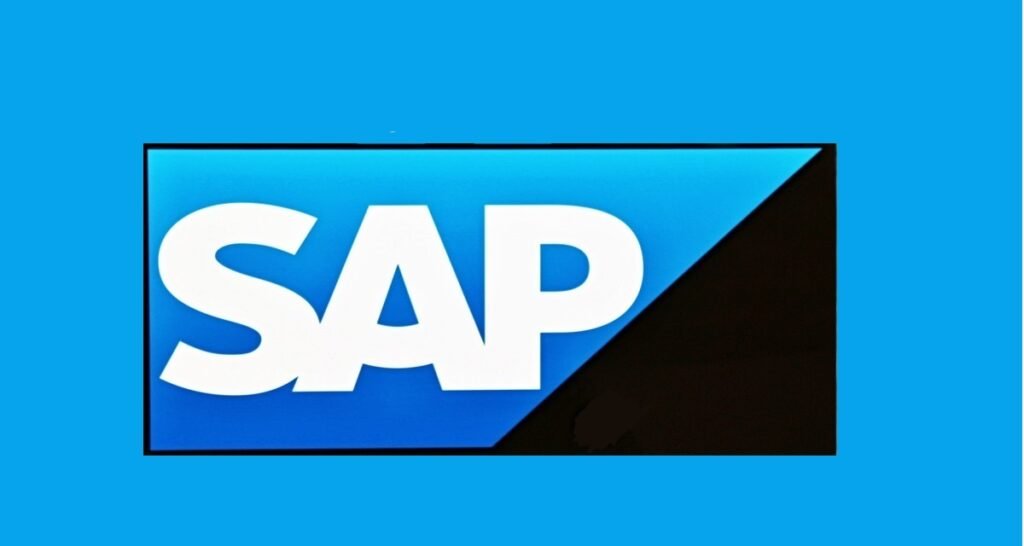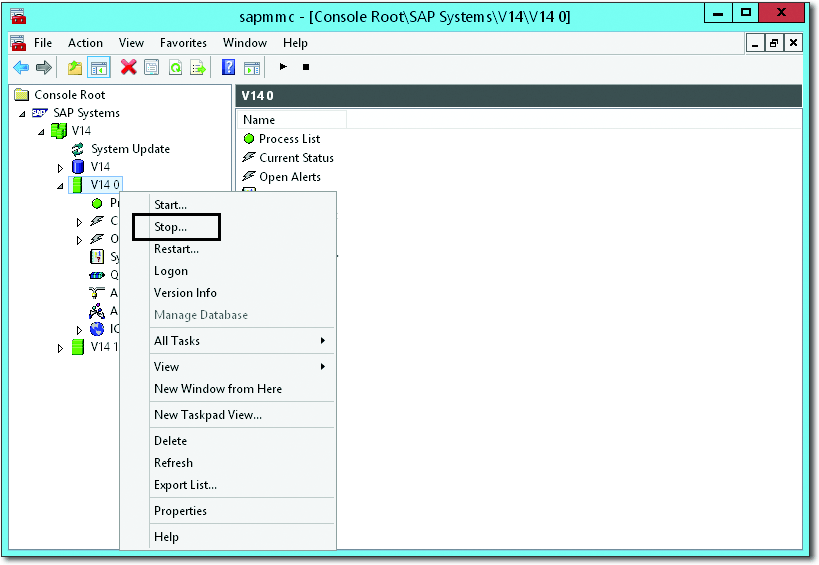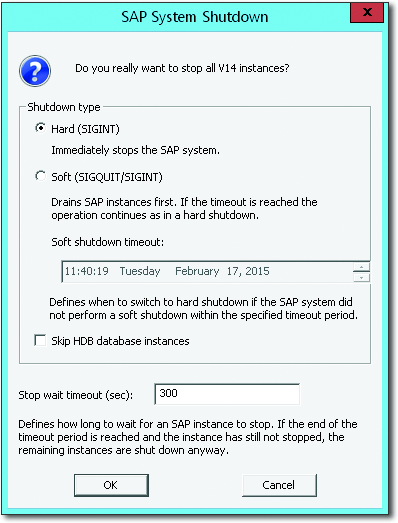
This blog post provides a step-by-step guide on how to stop the SAP system. It covers the different methods that you can use to stop the system, as well as the correct order in which to stop the different instances.
Stopping the SAP System
There are several reasons you may need to stop or restart the SAP system:
- An unplanned hardware or software failure
- Planned hardware or software maintenance
- Changes to profile parameters that can’t be switched dynamically
- Planned complete backup of the server
If you need to stop the SAP system, it’s essential that you do so in consultation with your end users. Stopping the system at your own discretion and without any prior warning is very likely to infuriate users because all unsaved data are lost.
SAP System: -Preparing for a System Stop
Before you stop the system, you must perform checks and take precautions to ensure that system activities have ceased at the time of the system stop.
Checking System Activities before Stopping the System
For certain activities, such as large posting jobs, you may find that some transactions have already been posted, while others have not. A subsequent restore may be problematic in such cases.
Follow these steps before a system shutdown:
- Coordinate the system shutdown with all departments affected. If a group of users has already scheduled an activity for the period during which you want to shut the system down, and the activity is dependent on a live SAP system, you may have to postpone your system stop and give a higher priority to the needs of these users.
- Create a system message (Transaction SM02) to inform all users of the planned system stop.
- Before you stop the system, make sure that no users are still logged on or active in the system (Transaction SM04 or AL08)
- In Transaction SM37, check whether any jobs are active or have been scheduled for the time during which the system stop is to take place. Reschedule all jobs, or cancel the jobs that are due to either run or be started during the planned system stop.
- Check whether any active processes are still running (Transaction SM50 or SM51)
- Use Transaction SMGW to search for any active RFC connections, which may indicate interfaces that are currently running.
SAP System: -Use the checklist in Table as preparation for stopping the system.
The following tasks must be completed in sufficient time before the SAP system is stopped:
| Task | Date | Initials |
|---|---|---|
| Coordinate the system stop with all departments affected (e.g., accounting, shipping, distribution, etc.). | ||
| Create a system message to inform all users of the planned system stop (Transaction SM02). | ||
| Send an additional email notification to all users affected. | ||
| Reschedule jobs or cancel the jobs that are either due to run or be started during the planned system stop (Transaction SM37). |
The following additional tasks must also be completed shortly before the SAP system is stopped:
| Task | Date | Initial |
|---|---|---|
| Make sure that no active users are still logged on to the system (Transactions SM04 and AL08). | ||
| Make sure that no active background jobs are running (Transaction SM37). | ||
| Make sure that no active processes are running (Transactions SM50 and SM51). | ||
| Check for active external interfaces (Transaction SMGW). |
How to stop the SAP system:
| Task | Date | Initial |
|---|---|---|
| Stop the application server instances. | ||
| Stop the central instance. | ||
| Stop the database (optional). |
In the event of an emergency, or if the system stop has priority over all other requirements (e.g., if you have a file system overflow, log storage overflow, device failure, etc.), the system must be stopped immediately. In such cases, end users are forced by circumstances to adapt. However, you should still try to work through the checklist.
Stopping the SAP System
You shouldn’t stop the SAP system until you’ve completed all necessary checks and are certain that all system activities have ceased. To stop the SAP system, follow these steps:
- Open the SAP Microsoft Management Console by selecting Start <(All) Programs >SAP Management Console.
- You can choose to stop the SAP system only or to stop both the SAP system and the database. To stop the SAP system only, right-click on the name of the instance you want to stop (e.g., V14 0), and choose the Stop entry from the context menu (see Figure 1).
- If you also want to stop all other instances of the SAP system (e.g., another ABAP or Java instance belonging to the system) as well as the database, right click on the system ID (e.g., V14), and choose Stop from the context menu (see Figure 2).

Stopping without the SAP Microsoft Management Console
You can also stop the SAP system using the console. To do so, open a shell or the command prompt, and use the stopsap r3 console command. To stop the SAP system and the database, execute the stopsap or stopsap all command.

- Select the shutdown type in the dialog box that opens (see Figure 3):
- Hard (SIGINT): The SAP system is shut down immediately.
- Soft (SIGQUIT/SIGINT): The SAP system first attempts a soft shutdown. If the specified period elapses without a successful shutdown of the SAP system, a hard shutdown is executed instead.
- Choose OK to continue.
- A dialog box opens, in which you’re required to authenticate as an administrator. The SAP system may only be shut down by administrators.
- Next, the database is stopped, followed by the SAP system, or, alternatively, only the SAP system is stopped, depending on which selection you’ve made. The status changes from green to gray in the SAP Microsoft Management Console. The processes in the Process List change their status to Stopped (see Figure 4).


You’ve now stopped the SAP system or both the database and SAP system. If you’ve stopped the SAP system only to allow changes to profile parameters to become effective, you can now restart the system immediately. If you’ve stopped both the SAP system and the database, you can now stop the operating system if necessary and shut down the physical server.